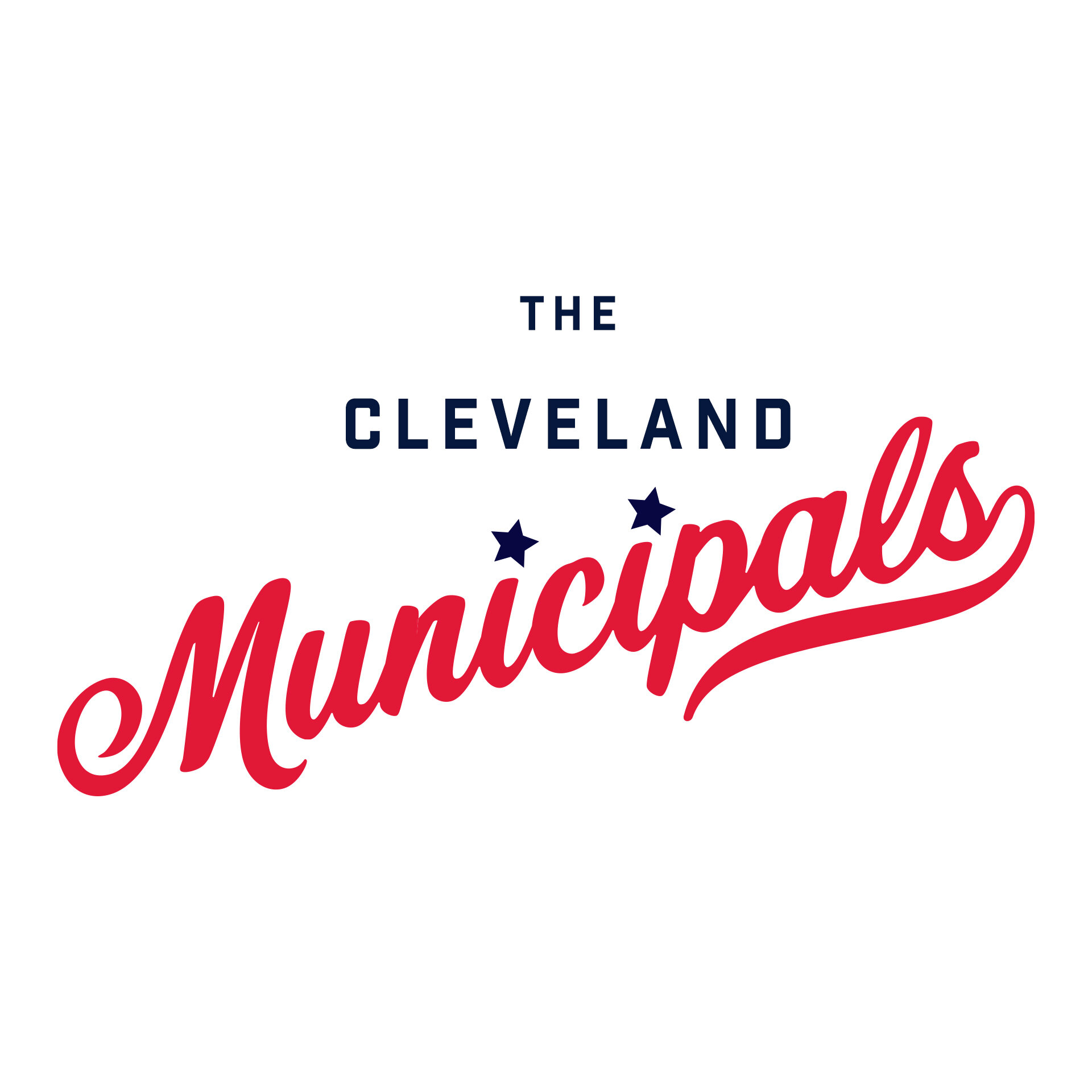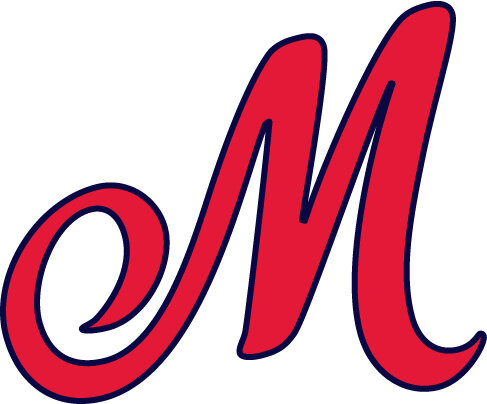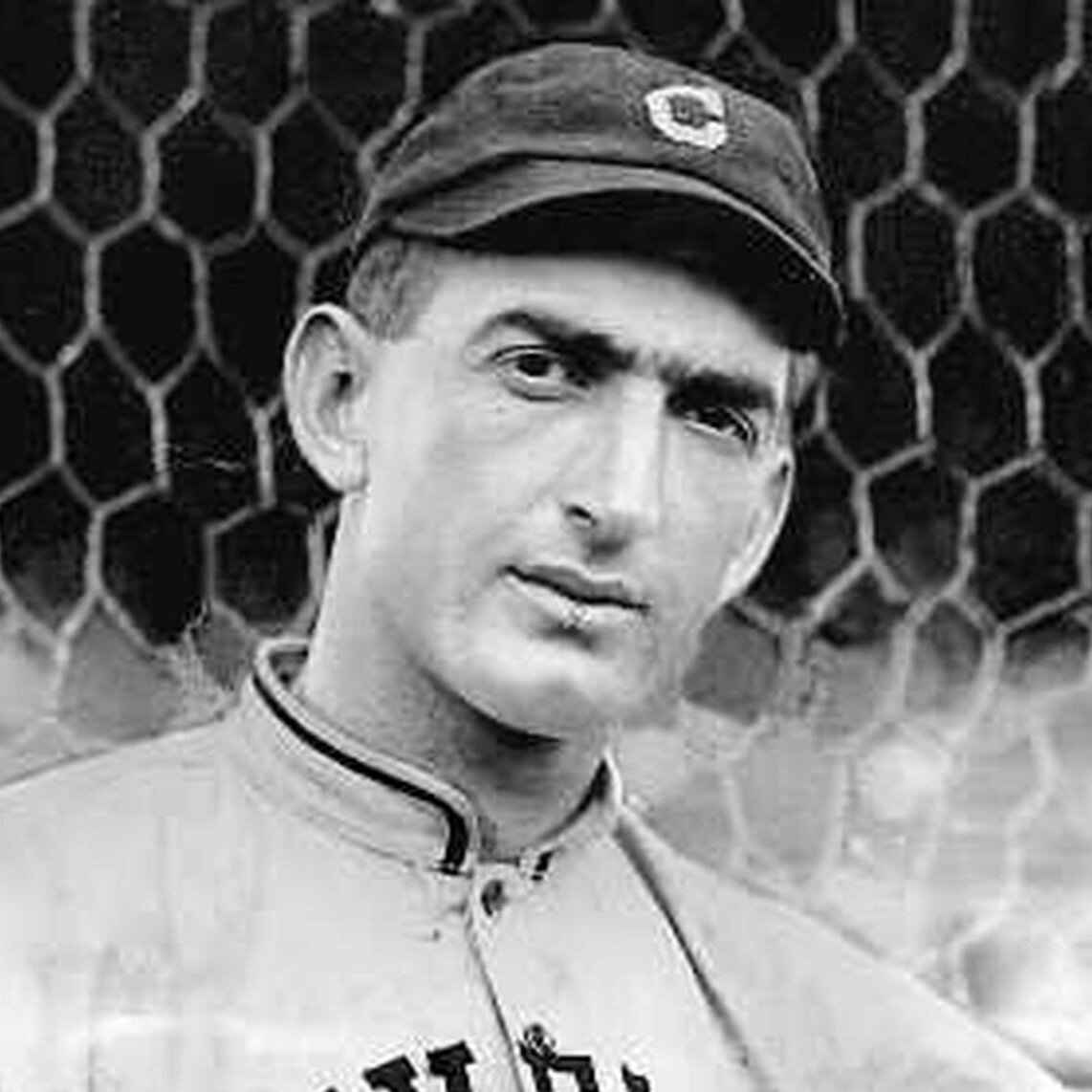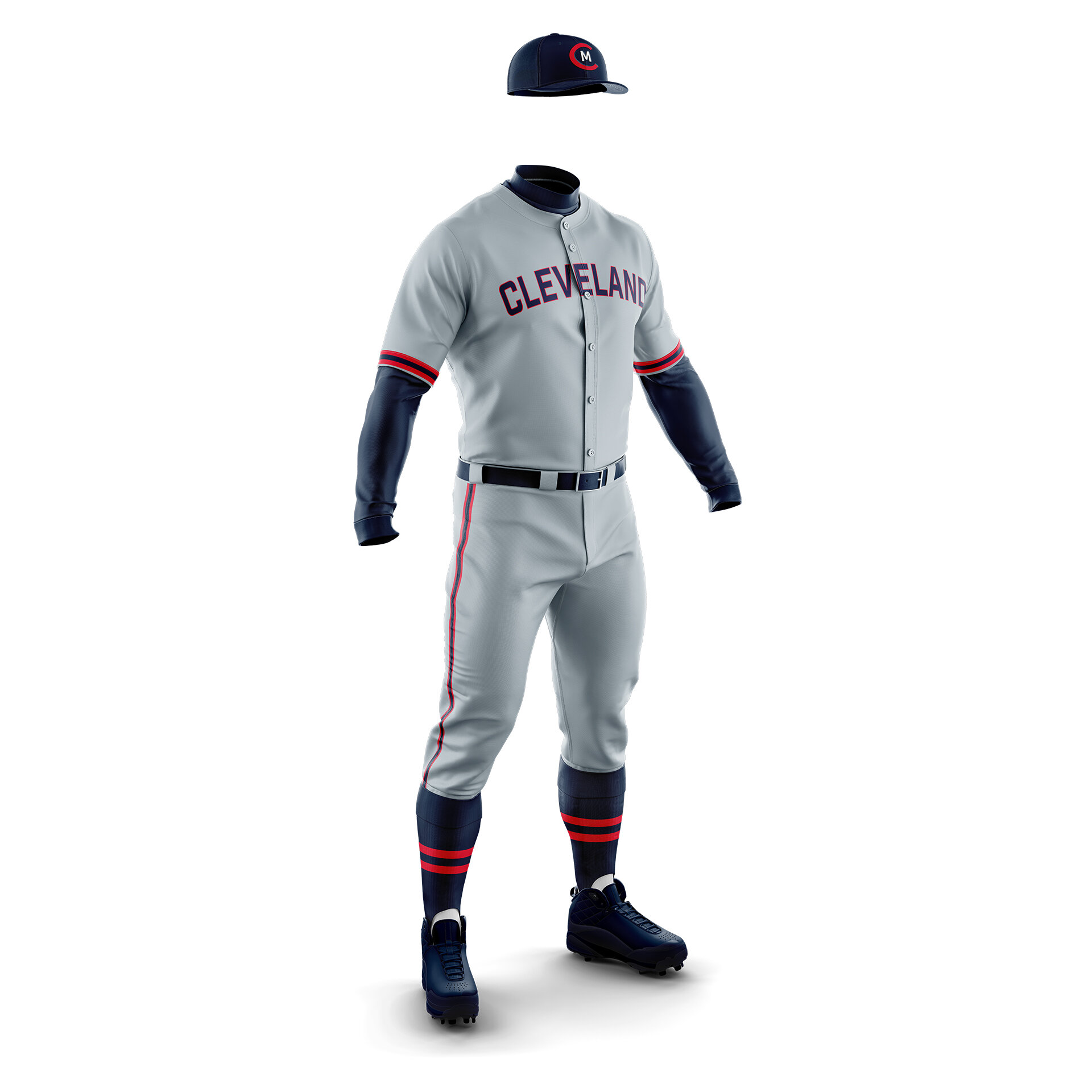Cleveland is home to one of Major League Baseball's oldest franchises.
We support the organization’s DECISION TO CHANGE the team name and WE’re excited for a new era of Cleveland baseball.
we encourage the team to pay tribute to the city’s rich sports and cultural history while representing the civic ideals of our present and future.
Introducing…
WHY MUNICIPALS?
While many replacement options have been suggested, only one will preserve and carry forward the team’s legacy: The Cleveland Municipals. Naming the team the Municipals gives us, the people of Cleveland, the opportunity to tell a real story about ourselves and our shared history — a story that holds within it our proud sports traditions, a profile of our city over the last 125 years, and a recognition of… READ MORE
MU-NIC-I-PAL
relating to a city or town
Municipal Stadium holds the top three All-Star Game attendance records, set by the 1981, 1935, and 1954 Midsummer Classics respectively. The five World Series games played at Municipal in 1948 and 1954 each drew over 71,000 fans.
Cleveland gathers
at the
ballpark
THE LOOK
We will continue the blue, red, white, and grey color scheme Cleveland has worn for over a century, maintaining a solid foundation for the fans and the franchise.
Showcasing the team name in red script continues a Cleveland tradition dating to 1946.
The two stars dotting the two “i’s” represent the two World Series titles won in the Indians era.
thE LOGO
Completed in 1931, Municipal Stadium hosted four All-Star Games, two World Series, seven NFL Championships, and countless other cultural events. The “C” in our logo is modeled after the stadium itself, celebrating the cradle of Cleveland sports history. A white Municipal “M” inside the “C” is a nod to Cleveland’s most successful Negro League team, the Cleveland Buckeyes.
Image from Ebbets Field Flannels
Hat provided by Ebbets Field Flannels
THE HAT
Cleveland has worn a blue hat throughout our history, most often with a red “C.” The placement of a white “M” inside the “C” is inspired in both color and design by the Cleveland Buckeyes. The Buckeyes wore the above logo on jackets celebrating their sweep of the Homestead Grays in the 1945 Negro League World Series, the first game of which was played at Municipal Stadium. This logo pays homage to Cleveland’s Negro League teams and recognizes their contributions to Cleveland sports history.
The Uniforms
HOME
A white home uniform with red and blue has been a staple of our look since the 1930s. The tradition continues with collar and sleeve striping inspired by the 1970s and front numbers inspired by the 1960s, ‘80s, and early ‘90s. Blue socks have been worn since our inception, with red stripes common from the 1930s to present. Matching blue undershirts follow our most consistent style since 1901.
AWAY
A blue road uniform was used from 1902-04, but wouldn’t appear again until 1975. This look matches the striping and numbers of the white, but incorporates the red undershirt, belt, and socks combination made iconic by the boom years of the 1990s. It has remained part of our lineup ever since. White pants with matching striping carry over from the home uniform.
ALTERNATE
Cleveland has worn grey uniforms for all but nine seasons since 1901. This version is similar to the grey alternate fans have come to love in recent years, acting as a bridge into the new era of Cleveland baseball. A simple grey uniform encapsulates Cleveland’s entire baseball history. A blue undershirt and matching blue socks complete the look.
SUNDAY ALTERNATE
While League Park was still in use, Cleveland played Sunday games at Municipal Stadium. This Sunday alternate pays homage to that tradition with an old-school cream tone and the team nickname on the chest. The red undershirt, belt, and socks contrast the blue versions of the white home uniform, as does inverted sleeve striping. The alternate hat and helmet feature the two stars from the main logo, ensuring the titles from our previous era are always represented.
Uniform renderings provided by Uni Mockups.






























